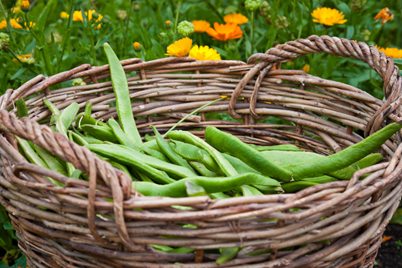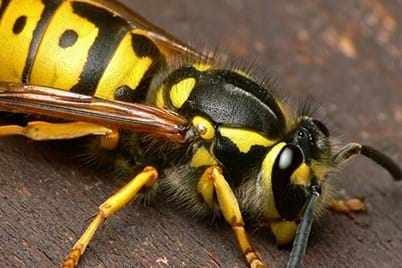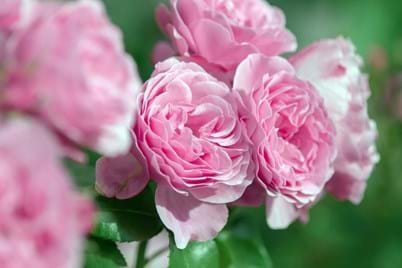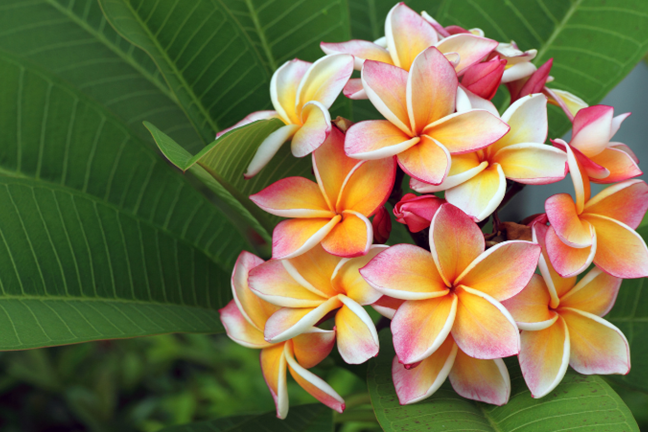
Fragrant frangipani
A frangipani can create a lush tropical look in your garden, make a superb summer shade tree and of course the flowers are beautiful and heavenly scented. Frangipanis are predominantly deciduous trees that come in a range of gorgeous colours, from the traditional white through to apricots, pinks, yellows and rich burgundy, with many varieties having multi toned blooms. Frangipanis are most at home in temperate to tropical climates and can grow up to 8 m tall, however for small spaces and pots look for dwarf varieties. Here are some tips to help keep your frangipani looking fantastic:
Feeding – frangipanis will appreciate a feed during summer with a fertiliser that will provide a good blend of nutrients for encouraging lots of flowers and healthy leaf growth as well as enriching the soil with valuable organic matter. Yates Thrive Natural Roses & Flowers Organic Based Pelletised Plant Food is a complete, organically based fertiliser that gives frangipanis, and other flowering plants, a nutrient boost as well as nourishing the soil with concentrated, composted manure. Apply around the root zone of both in ground and potted frangipanis and water in well.
Watering – if the weather is hot and dry, frangipanis will appreciate deep watering once a week, especially if the tree is still young and the root system is small. There's no need to keep the soil constantly moist, as frangipanis do best in slightly drier conditions. Regular watering however is important for potted frangipanis, as pots can dry out very quickly. A 3 – 5 cm layer of mulch over the surface of the pot will help minimise moisture loss and an application of Yates Waterwise Soil Wetter will help reduce water repellency which can develop in potting mix over time.
Disease & pest control – one of the most common problems with frangipanis is rust. Rust appears as yellow or orange coloured pustules underneath the leaves with corresponding yellow spots on the upper leaf surfaces. It ruins the look of the foliage and can cause the leaves to drop prematurely. Damage can be minimised by spraying early infections regularly with Yates Rose Shield which contains a systemic fungicide that travels through the plants sap system to control rust.
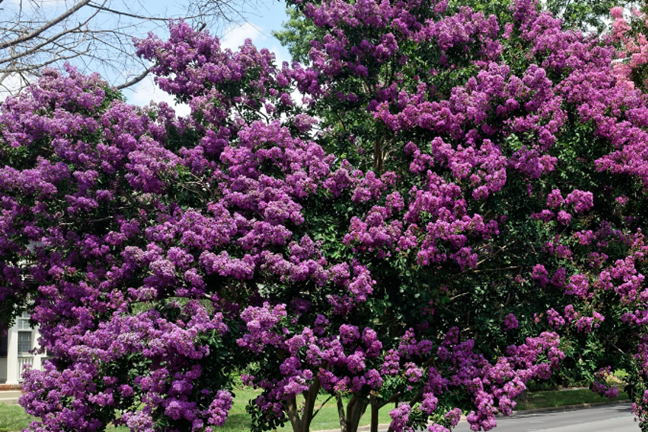
Crepe myrtles
A stunning deciduous trees that have attractive bark, colourful autumn foliage and are smothered in bee-attracting flowers in summer. They're very hardy and come in a range of gorgeous flower colours, from white through to light and dark pink, lavender and almost red. 'Diamonds in the Dark™' are compact crepe myrtles with striking, almost black leaves and flower colours include white, red and pink. Dwarf crepe myrtle varieties grow to around 3-4 m tall, so are great for a small backyard.
Some crepe myrtles can be susceptible to powdery mildew, which is a disease that looks like a film of light grey ash over foliage and flower buds. Powdery mildew can deform leaves and weaken the plant as well as damage flowers. Powdery mildew is easy to control with a systemic fungicide, which moves around the sap system of the plant to target disease. Yates Rose Shield contains the systemic fungicide myclobutanil, which controls diseases like powdery mildew. Spray as much of the tree as possible every 14 days, from the first sign of disease.
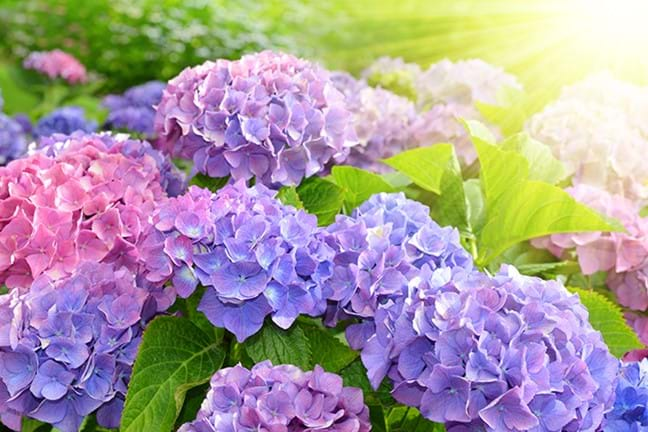
Hydrangeas
Hydrangeas are spectacular flowering shrubs that make a beautiful inclusion in cool to sub-tropical gardens. New gorgeous varieties of hydrangeas are being released regularly and flower colours include the traditional brilliant blue, white and bright pink, as well as ruby red, lime green and multi toned and lacecap flower heads. Here's how to keep your hydrangeas fabulously showy:
Feeding - scatter Yates Thrive Natural Roses & Flowers Organic Based Pelletised Plant Food around the root zone of hydrangeas every 8 weeks and then water in well. It contains more than 50% natural ingredients, boosted with fast acting fertilisers, including extra potassium to promote lots of flowers as well as nitrogen and phosphorus to encourage healthy leaf and stem growth and a strong root system.
Watering - most hydrangeas prefer growing in a position that is protected from harsh sun. Morning sun and afternoon shade is ideal or dappled sun all day. Keep hydrangeas well-watered, as the large leaves can rapidly lose moisture and wilt. Hydrangea foliage can also be susceptible to sunburn during hot dry weather. Spray foliage with Yates Waterwise DroughtShield, which applies a protective film over the leaves to help reduce moisture loss and sun damage.
Disease control - watch for white talcum powder looking spots on leaves which could indicate the damaging disease powdery mildew. Regular sprays of ready to use Yates Rose Gun or Yates Rose Shield will keep powdery mildew under control.




